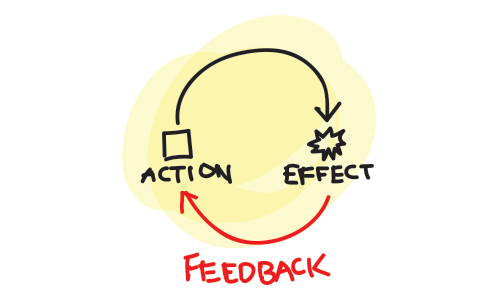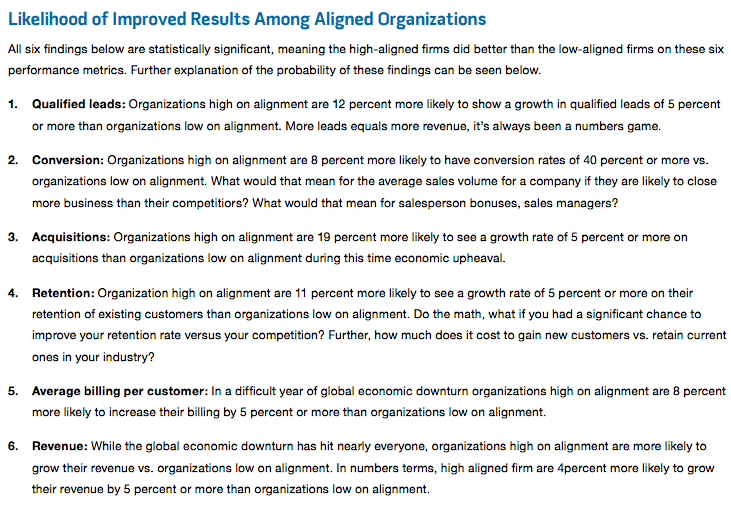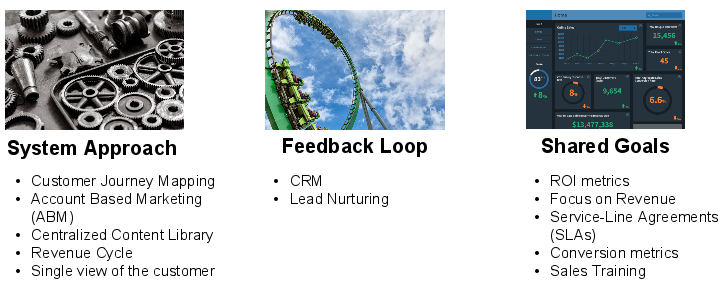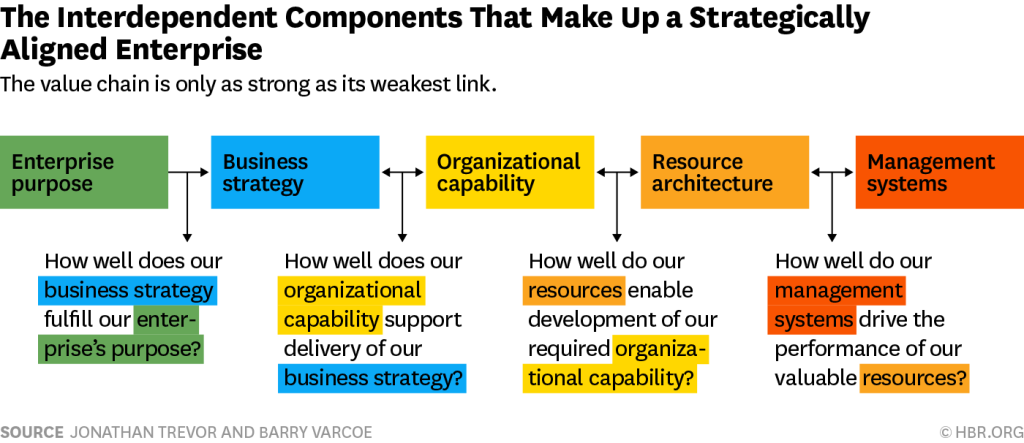This guest blog was written by Ted Corbeill
I am a recently retired Marine Corps Intelligence Officer who is leveraging military best practices to add value through Sales Enablement. As I’ve worked to develop and run data-driven sales campaigns, I’ve experienced difficulties stemming from a lack of alignment between Sales and Marketing. This lack of team work is something I’m not accustomed to, but something that could be overcome by adopting a military mindset.
One Team, One Fight
To coordinate military operations, Marines use the concept of "main effort" and "supporting effort." The main effort is the commander's primary bid for success and tasked with accomplishing the mission (normally the infantry). The supporting effort is responsible for ensuring the success of the main effort (normally includes logistics, intelligence, supporting fires, admin, etc.).
During execution, the focus remains steadfast on mission accomplishment. If the main effort fails, we all fail. Therefore, when faced with a decision the supporting effort simply asks: How can I best support the main effort to enable them to accomplish the mission?
Let’s apply this concept to Sales Enablement. I consider the sales force to be the main effort and Sales Enablement to be the supporting effort. Sales is the CEO’s primary bid for success to hit his/her revenue targets. Sales Enablement is responsible for accomplishing the mission by ensuring sales professionals, the main effort, are highly trained, armed with competitive offerings, and focused on highly qualified leads to lead to a high likelihood of success. If they don’t hit their numbers, everyone fails.
Two primary ways that Marketing can best support Sales
1. Focus sales related activities - My career in military intelligence taught me that timely, accurate, and relevant data is critical to successful execution. It drives planning and operations; especially offensive operations. Let me give you an analogy: you’re tasked to destroy an enemy position. Without good intelligence regarding the enemy’s location, you would be forced to conduct “movement to contact” patrols (i.e., search the area until you happen upon them). But if you’re provided timely, relevant, and accurate intelligence, you can plan a deliberate, targeting raid at the decisive time and place where you have the advantage and maximize your chance of success.
Sales can be thought of in the same way, especially with new client pursuits. Without timely, accurate, and relevant data on sales leads, your sales teams are forced to conduct generic prospecting activities (e.g., cold calling). However with timely, accurate, and relevant market intelligence, they could plan a deliberate, focused sales engagement with relevant messaging targeting qualified leads.
2. Reinforcing sales related activities - Like supporting arms (artillery or air strikes), marketing can prep the objective to increase the chances of a successful engagement. Sales campaign specific digital marketing messaging targeted at the campaign prospect list can raise buyer awareness and provide a warm call opportunity where the sales reps are following up and reinforcing the initial messaging. In some cases, these marketing efforts can produce inbound leads that help support prospecting activities.
Get Aligned in the Fight
Adapting a one team, one fight mentality can be an excellent way to achieve Sales and Marketing Alignment focused on achieving overall revenue goals. It’s just one of many military best practices I’ve adopted to create sales enablement programs that drive revenue growth through data-drive insights, business innovation, and collaboration. You don’t need to have served to adopt these practices at your own organizations.
Ted Corbeill is a recently retired Marine Major who is leveraging his military experience to build and lead innovative sales enablement programs to drive revenue growth through data-driven insights, business innovation, and collaboration at DXC Technology. Before being recruited by DXC Technology (then Hewlett Packard Enterprise), he was a Business Development Executive for a systems integration firm specializing in industrial automation. He is also a Founding Member of the Sales Enablement Society, Dallas Chapter. Ted received his MBA in Management Information Systems from Iowa State University and his BS in Commerce from the University of Virginia.



















